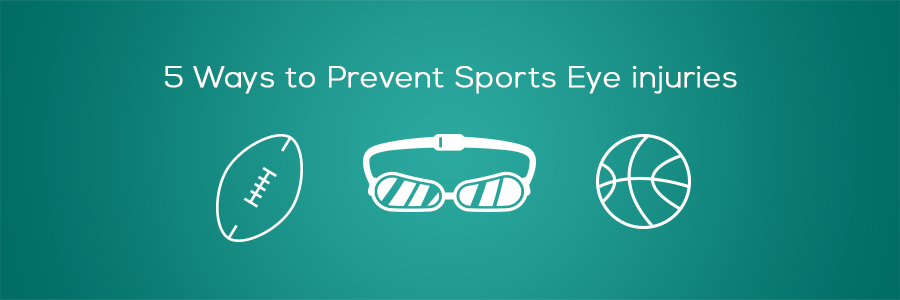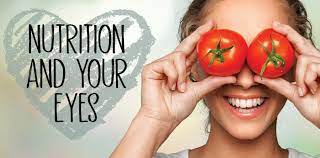Eye Safety in Sports: A Clear Vision for Protection on the Field
Engaging in sports is not just about physical prowess; it’s a celebration of movement, skill, and camaraderie. However, the thrill of the game should not compromise the safety of our most vital sense—our vision. In this blog post, we’ll delve into the importance of eye safety in sports and provide valuable guidelines for choosing the right protective eyewear, ensuring that athletes can enjoy their favorite activities with a clear and protected vision.
The Vulnerability of the Eyes in Sports
Participating in sports exposes the eyes to a myriad of potential hazards—fast-moving balls, swinging equipment, collisions with opponents, and exposure to the elements. According to the American Academy of Ophthalmology, a significant number of sports-related eye injuries can be prevented with the use of appropriate protective eyewear.
Key Considerations for Eye Safety in Sports:
**1. Impact Resistance:
- Choose eyewear that meets or exceeds impact resistance standards for the specific sport. Look for products that are ASTM F803-19 compliant for multiple sports, including basketball, baseball, and racquet sports.
**2. Frame Design:
- Opt for frames that provide adequate coverage without obstructing peripheral vision. Wraparound designs are effective in shielding the eyes from various angles.
**3. Lens Material:
- Polycarbonate lenses are highly recommended for sports eyewear due to their durability and impact resistance. These lenses offer protection against fast-moving objects and potential collisions.
**4. Prescription Options:
- Athletes with vision correction needs should consider prescription sports goggles or wear contact lenses beneath their protective eyewear. Avoid using regular eyeglasses, as they may not provide sufficient protection.
**5. Ventilation:
- Look for eyewear with adequate ventilation to prevent fogging, especially during high-intensity activities. Fogged lenses can compromise visibility and increase the risk of accidents.
Sports-Specific Recommendations:
**1. Basketball:
- High-impact sports like basketball demand protective eyewear that covers the entire eye area. Goggles with a strap for a secure fit are ideal for preventing accidental displacement during play.
**2. Baseball/Softball:
- Baseball and softball players should prioritize helmets with attached faceguards or use standalone faceguards for added protection against impact from balls or errant swings.
**3. Soccer:
- Soccer players can benefit from sports goggles that offer both impact protection and secure fit, reducing the risk of injury from collisions or contact with the ball.
**4. Racquet Sports:
- For sports like tennis or squash, eyewear with impact-resistant lenses and a secure fit is crucial. Look for models designed specifically for racquet sports.
**5. Swimming:
- Swimmers should consider swim goggles with shatterproof lenses to protect against water splashes, pool chemicals, and potential collisions with other swimmers.
Encouraging a Culture of Eye Safety in Sports
- Lead by Example:
- Coaches, parents, and professional athletes should model the use of protective eyewear, emphasizing its importance in preventing injuries.
- Education and Awareness:
- Conduct workshops and informational sessions to educate athletes, coaches, and parents about the potential risks of eye injuries in sports and the benefits of protective eyewear.
- Regular Equipment Checks:
- Ensure that sports eyewear is regularly inspected for signs of wear and tear. Replace any damaged or compromised gear promptly.
Conclusion: A Clear Vision for Sports Safety
In the world of sports, where precision and split-second decisions can make all the difference, protecting your vision should be a top priority. By choosing the right protective eyewear tailored to the demands of your sport, you not only enhance your safety on the field but also contribute to a culture of responsible and proactive sportsmanship. Remember, clear vision is the gateway to peak performance, and with the right protection, you can focus on the game without compromising your sight.






